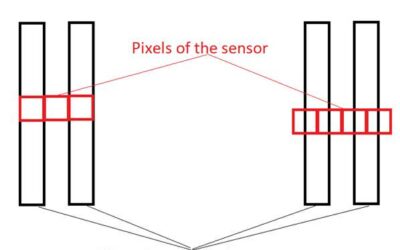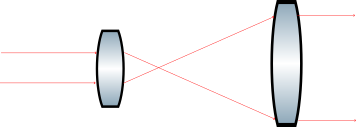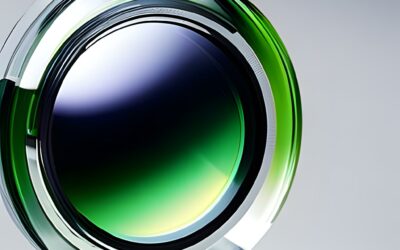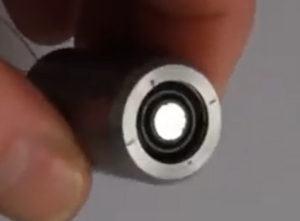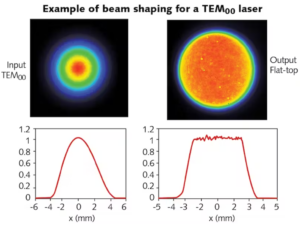The design of an underwater camera lens can be challenging due to the large number of variables at play. As with every optical system design, the selection of cameras, lenses, housings, and operational parameters greatly influences the performance of the complete system. Determining the correct combination of components is what experienced optical engineers deliver.
Among the unique challenges to underwater camera lenses and optical systems are:
High pressure at depth
Different levels of scattering and absorption compared to terrestrial systems
Differences in the relative refractive indices of ‘water vs glass’ compared to ‘air vs glass’ makes wider angle views more challenging
Sediments, pollution, and sea life caused absorption and scattering. Scattering can reduce image contrast or cause blurring. This affects the quality of images made by a camera sensor.
Optical Design
Materials
The choice of material will depend on the working wavelength. BK7, Sapphire, PMMA, and fused silica are often used. BK7 (and similar material) provides a cost effective solution when working in the visible spectrum. Fused silica is suitable when working below 400 nm. For construction applications where harsh and high pressures are encountered, we can use sapphire, whereas PMMA is light and allows for high bulk manufacturing for consumer applications.
Flat vs Dome windows.
A common and cost effective solution is to enclose a camera in a water-tight container that protects the equipment. The camera then will live in an air-tight capsule with a window to see into the underwater environment. We can choose between working with flat windows or dome ones.
One consequence of working with flat windows underwater is that, in general, the camera’s field-of-view will be reduced. This is due to the refraction of light when transitioning between water/glass/air. A consequence is that we will have higher levels of distortion (especially when working with FOV above 60-degrees), and a reduction of image size.
A way to remove these undesired aberrations is to work with dome-windows. The dome shape allows for light that is normally incident to the window’s surface to travel without refraction thus reducing distortion and keeping the FOV the same as when working in air. A drawback of working with dome windows is that it will affect the focal length of your lens (we are in essence adding a convex lens to our system).
Although is possible to buy off-the-shelf dome windows for consumer underwater housing, properly pairing the camera lens with the dome is done by an optical engineer to provide excellent results.
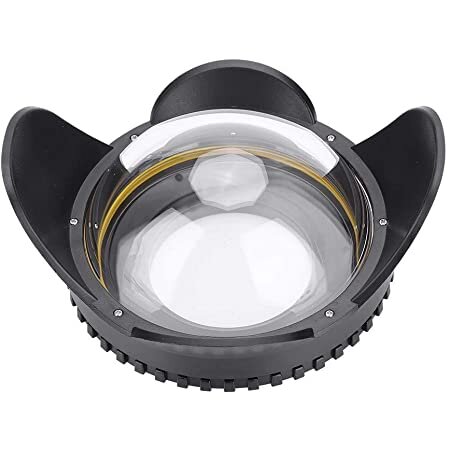
Figure 1. Although off-the-shelf solutions exist for dome-shaped window, only a proper design will yield excellent image quality. Image from Amazon.com
Illumination
One way to improve image contrast in an underwater environment is by using polarization-based systems. This illumination scheme uses a wide-field polarized light to illuminate the scene while viewing the same area with a camera and additional polarizer. Frames are obtained with orthogonal polarization filters. Backscatter will be present in both frames but in different amounts; it is then possible to use the two frames as input to extract the backscatter field and estimate the background free of backscatter
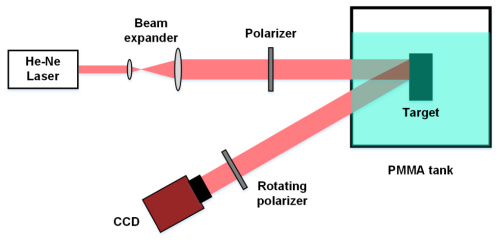
Figure 2. Lab set up for polarization-based underwater system. After B. Huang et al. “Underwater image recovery considering polarization effects of objects” Opt. Express 24, 9826-9838 (2016)


